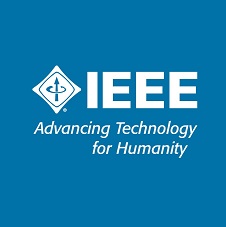Abstract
Data augmentation using 3D face models to synthesize faces has been demonstrated to be effective for face recognition. However, the model directly trained by using the synthesized faces together with the original real faces is not optimal. In this paper, we propose a novel approach that uses a deep transfer network (DTN) with 3D morphable models (3DMMs) for face recognition to overcome the shortage of labeled face images and the dataset bias between synthesized images and corresponding real images. We first utilize the 3DMM to synthesize faces with various poses to augment the training dataset. Then, we train a deep neural network using the synthesized face images and the original real face images. The results obtained on LFW show that the accuracy of the model utilizing synthesized data only is lower than that of the model using the original data, although the synthesized dataset contains much considerably images with more unconstrained poses. This result shows that a dataset bias exists between the synthesized faces and the real faces. We treat the synthesized faces as the source domain, and we treat the actual faces as the target domain. We use the DTN to alleviate the discrepancy between the source domain and the target domain. The DTN attempts to project source domain samples and target domain samples to a new space where they are fused together such that one cannot distinguish the domain from which a specific image is from. We optimize our DTN based on the maximum mean discrepancy (MMD) of the shared feature extraction layers and the discrimination layers. We choose AlexNet and Inception-ResNet-V1 as our benchmark models. The proposed method is also evaluated on the LFW and SLLFW databases. The experimental results show that our method can effectively address the domain discrepancy. Moreover, the dataset bias between the synthesized data and the real data is remarkably reduced, which can thus improve the performance of the convolutional neural network (CNN) model.








